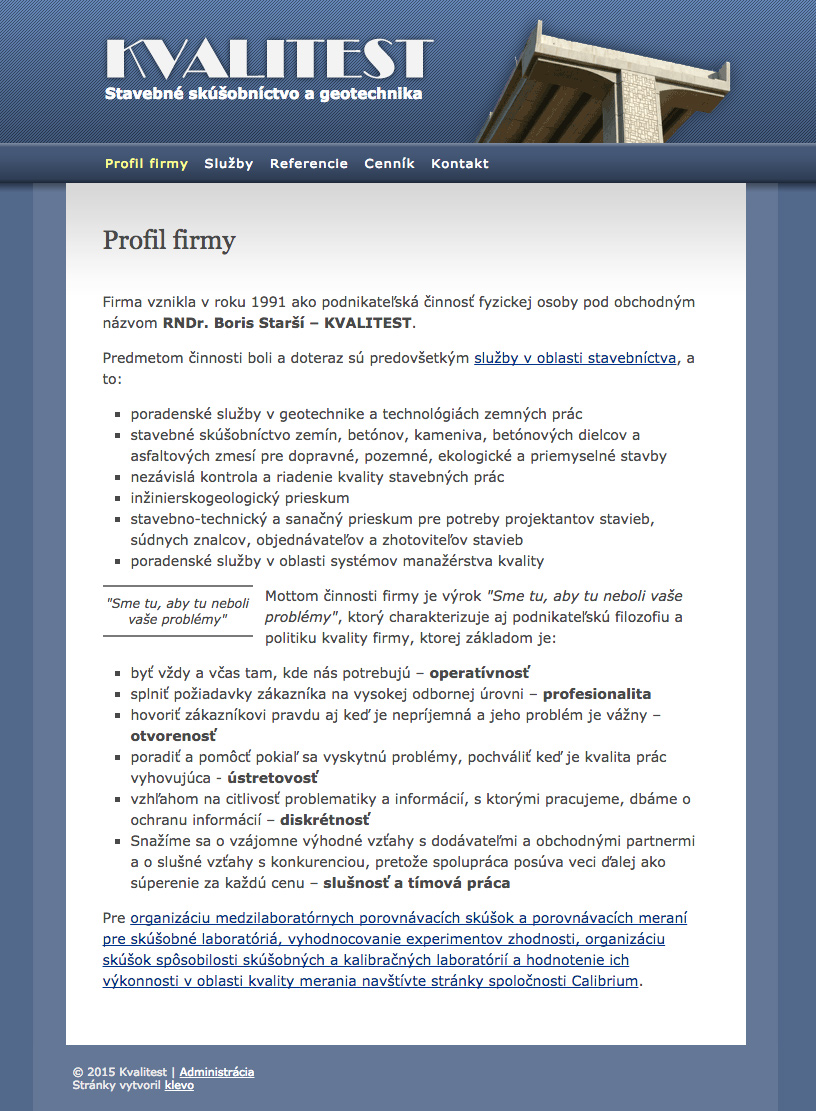If you are looking to start a website or blog, then WordPress hosting may be what you need. WordPress is an incredibly popular Content Management System (CMS) which automatically manages site content like blog updates, but also has features form maintaining statics pages. Let’s look at some of the features of WordPress, and then see how to choose a WordPress host.
WordPress makes managing your blog simple by automatically taking care of all the technical details. You don’t have to know anything about computers, servers, or the technicalities of web hosting to run and maintain a WordPress setup. It has a full-featured text editor, and great software for allowing you to manage your content. WordPress is the most popular blogging platform, and is used by thousands of bloggers every day.
There are two ways to run a WordPress blog. You can sign up at WordPress.com for a free account, and let them host your blog for you. This is free and easy, but the free account has a lot of restrictions, and you don’t have very much control over your blog. For much more control, you can use the free download of WordPress from WordPress.org to custom install WordPress on your own server. This gives you a lot of power and control over your blog.
If you are new to blogging and you don’t know much about web hosting or running a server, then this can sound very complicated. Fortunately, many web hosting providers offer packages where you can have WordPress installed and maintained for you, so you don’t have to worry about the technical details. These web hosts usually use software like the cPanel hosting software or a similar package to make it easy to control your server using an easy to understand graphical user interface.
WordPress hosting is a great choice for anyone looking to start a blog. It makes the process of maintaining a blog simple, and there are a wide variety of free themes and widgets that you can use to customize your blog and make it unique. There is also lots of support available for it because so many people use it. WordPress is free, and open-source, so its options for growth, development, and extensions are nearly endless. WordPress hosting makes maintaining a WordPress blog even easier than it already is, so you can have a completely worry-free WordPress experience. Check out what WordPress today to see what it can do for you.
This is a guest post by Jonas Bates.

